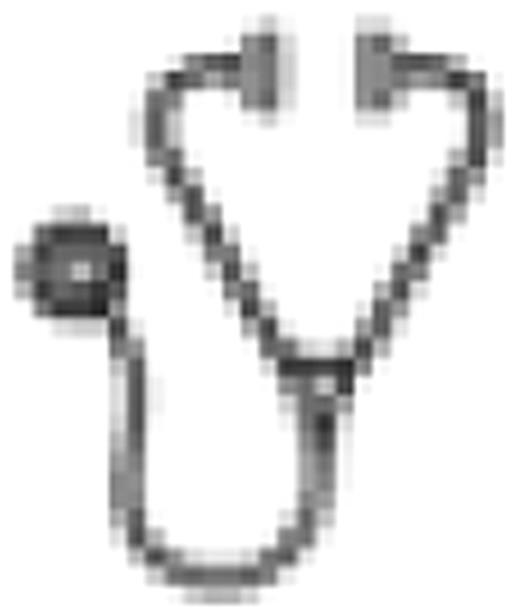Abstract
Abstract 3630
Despite significant improvements in outcome for childhood ALL, prognosis is dismal for the 20–25% of patients who relapse. Poor outcomes of relapsed ALL warrant new therapeutic approaches. We have previously used gene expression profiling of pediatric ALL diagnosis–relapse paired patient samples to identify the underlying biological pathways that mediate drug resistance. We identified a relapse-specific gene signature characterized by upregulation of genes involved in cell cycle regulation, apoptosis and nucleotide biosynthesis. Downregulation of these genes restored drug sensitivity in cell lines and preclinical models. We searched the Connectivity Map (cmap) (http://www:broadinstitute.org/cmap), a database of over 7,000 gene expression profiles from cell lines treated with 1309 compounds, to identify novel agents that could “reverse” the relapse-specific signature and potentially restore chemosensitivity. The histone deacetylase (HDAC) inhibitor, vorinostat, also known as SAHA emerged as a top candidate agent which could potentially endow a chemosensitive gene expression profile.
The current version of cmap (build02) was used to “query” our relapsed leukemia gene expression signature derived from 49 diagnosis-relapse pairs analyzed on Affymetrix U133plus2 microarrays comprising 154 probes (Hogan et al, ASH 2009). For each drug-disease pair comparison, an enrichment score was calculated for the probe sets representing the up or downregulated signature genes separately using a rank-based Kolmogorov Smirnov statistic (Lamb et al., 2006). The scores were then combined into a single connectivity score for each drug-disease combination, ranging from +1 to -1, representing positive and negative connectivity, respectively. To validate our findings, B lineage (Reh and RS4:11) and T lineage (Molt4) ALL cell lines were treated with different concentrations of vorinostat and quantitative real time PCR (qRT-PCR) was performed to determine the relative expression of relevant relapse-specific target genes. To determine whether vorinostat could enhance chemosensitivity when combined with conventional chemotherapeutic agents, cells were seeded in 96-well plate and treated with varying concentrations of vorinostat in combination with prednisone, cytarabine and etoposide, either simultaneously or sequentially. Apoptosis and cell survival were analyzed by flow cytometry (Becton Dickinson FACScalibur). Results were analyzed using the Calcusyn software (Biosoft) for dose effect analyses which calculates a combination index (CI) where CI>1.1=antagonism, 0.9–1.1=additive and <0.90=synergy.
Based on connectivity scores, 11 of 12 instances of vorinostat treated cancer cell lines in the cmap database indicated that this agent was capable of reversing the relapsed ALL gene signature most significantly with the connectivity score of -0.659 (p=0). Subsequently, qRT-PCR demonstrated down regulation (50-80%) of the expression of survivin, FOXM1 and TYMS (genes upregulated at relapse), after treatment with 1 uM of vorinostat in all the cell lines tested, while a 2–3 fold increase in the expression of NR3C1, which encodes a glucocorticoid receptor (gene downregulated at relapse), was noted with same concentration of vorinostat. Additive to synergistic effects were observed between vorinostat and all 3 chemotherapy agents when cells were first treated with vorinostat followed by chemotherapy after a 24, 48 or 72 hour time interval. Sequential administration of vorinostat followed by etoposide was more than additive or synergistic, especially when etoposide was administered 48–72 hours after vorinostat (CI 0.4–0.9). Similar results were observed with prednisone (CI 0.8–1.1) and cytarabine (CI 0.5–0.9), with enhanced synergy in sequential schedules; whereas concomitant administration of vorinostat and chemotherapy resulted in less than additive or antagonistic effect (CI 1.1–1.3).
Gene expression based chemical genomics identifies the HDAC inhibitor, vorinostat, as a potential agent which can reverse the relapsed ALL signature and hence reverse drug resistance. Evaluation in ALL cell lines shows that vorinostat is additive to synergistic with chemotherapy, when administered sequentially. Vorinostat applied before conventional chemotherapy may be a promising approach to the treatment of relapsed ALL.
No relevant conflicts of interest to declare.

This icon denotes an abstract that is clinically relevant.
Author notes
Asterisk with author names denotes non-ASH members.

This feature is available to Subscribers Only
Sign In or Create an Account Close Modal